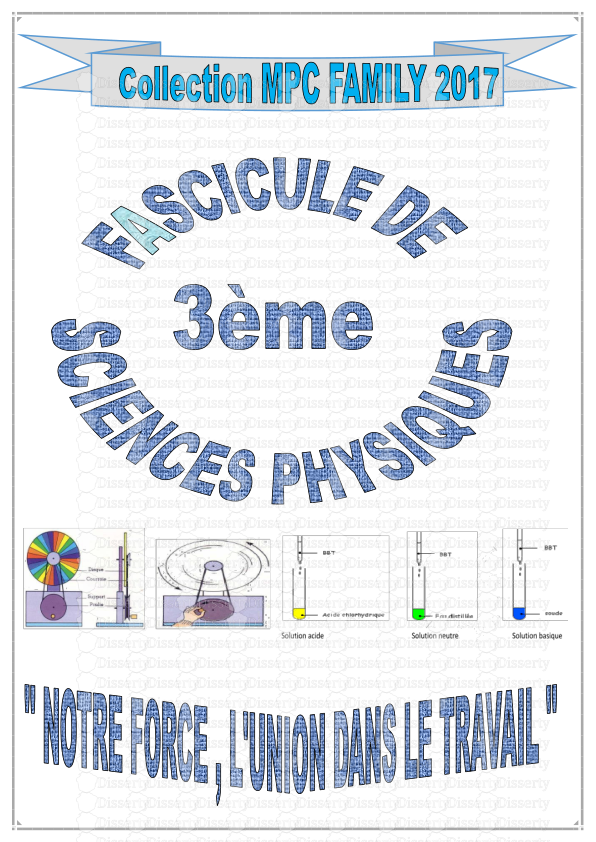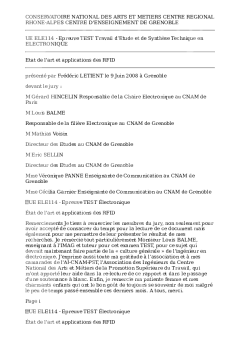Astronomy study guide Ptolemy's Zodiac Constellation Aries Taurus Gemini Cancer Leo Virgo Libra Scorpius Sagittarius Capricornus Aquarius Pisces Other Constellations Astronomy Study Guide Meaning Ram Bull Twins Crab Lion Virgin Balance Scorpion Archer Sea
Ptolemy's Zodiac Constellation Aries Taurus Gemini Cancer Leo Virgo Libra Scorpius Sagittarius Capricornus Aquarius Pisces Other Constellations Astronomy Study Guide Meaning Ram Bull Twins Crab Lion Virgin Balance Scorpion Archer Sea-goat Water-bearer Fishes Major Stars Aldebaran Pollux Castor Regulus Spica Antares Constellation Aquila Auriga Bootes Canis Major Canis Minor Centaurus Cepheus Cetus Cygnus Eridanus Lyra Orion Pegasus Perseus Piscis Austrinus Ursa Minor Meaning Eagle Charioteer Herdsman Greater Dog Smaller Dog Centaur King Whale Swan River god Lyre Hunter Winged horse Perseus Southern ?sh Lesser bear Major Stars Altair Capella Arcturus Sirius Procyon Alpha Beta Delta Cephei pulsating variable Mira Ceti long period variable Northern Cross Deneb Achernar Vega M Ring Nebulae Rigel Betelgeuse Great Square Algol eclipsing variable Fomalhaut Polaris Northern star Big Dipper is part of Ursa Major Sickle is the head and mane of Leo Alpha Andromedae is northeast star of the Great Square of Pegasus Brightest Stars Vega Lyra Sirius Canus Major Arcturus Bootes Canopus Carina Rigel Orion Alpha Centauri Centaurus Capella Auriga CProcyon Canis Minor Achernar Eridanus Beta Centauri Centaurus Nearest Stars Alpha Centauri Centaurus Barnard's Star Ophiuchus Wolf Leo Lalande Ursa Major Sirius Canis Major Absolute magnitude V - log d d distance in parsecs Hertzsprung-Russell Diagram Plots spectral class OBAFGKM on horizontal axis and absolute magnitude on vertical axis Most stars are on top-left to bottom-right diagonal called Main Sequence those at bottom right are dwarfs White dwarfs are on diagonal parallel to but below Main Sequence very dense includes Sirius B Giants are at center right Supergiants are at top Stefan's law says energy output varies as fourth power of temperature Variable stars do not have constant luminosity Eclipsing variable stars are binary stars that pass in front of each other Pulsating variable stars may be of cepheid like Delta Cephei RR Lyrae like RR Lyrae or long-period like Mira Ceti V apparent magnitude d distance in parsecs Classes of stars O about K bluest B - K includes Beta Centauri A - K includes Sirius F - K G - K has line for ionized calcium includes the sun and Capella K - K has line for neutral calcium M K has line for titanium oxide Erupting variable stars are novas or supernovas Life cycle of medium-sized stars Protostars collection of interstellar gas and dust from dark nebulas or globules T Tauri is a prototype protostar HR Main Sequence Red giant White dwarf much mass compressed in small volume making it harder for energy to escape End of life for large stars Supernovas use up last of energy in a big explosion Neutron star pulsar remaining mass becomes super-compressed examples include Crab Nebula and Gum Nebula really big stars may collapse into black holes which can only be observed by their gravitational e ?ects on nearby stars since no electromagnetic radiation can escape from them Most abundant elements CHydrogen Helium Oxygen Carbon Nitrogen Neon Random terms Conjunction - two bodies due north and south of each other same latitude inferior if inner
Documents similaires










-
83
-
0
-
0
Licence et utilisation
Gratuit pour un usage personnel Aucune attribution requise- Détails
- Publié le Aoû 26, 2021
- Catégorie Geography / Geogra...
- Langue French
- Taille du fichier 37.7kB


